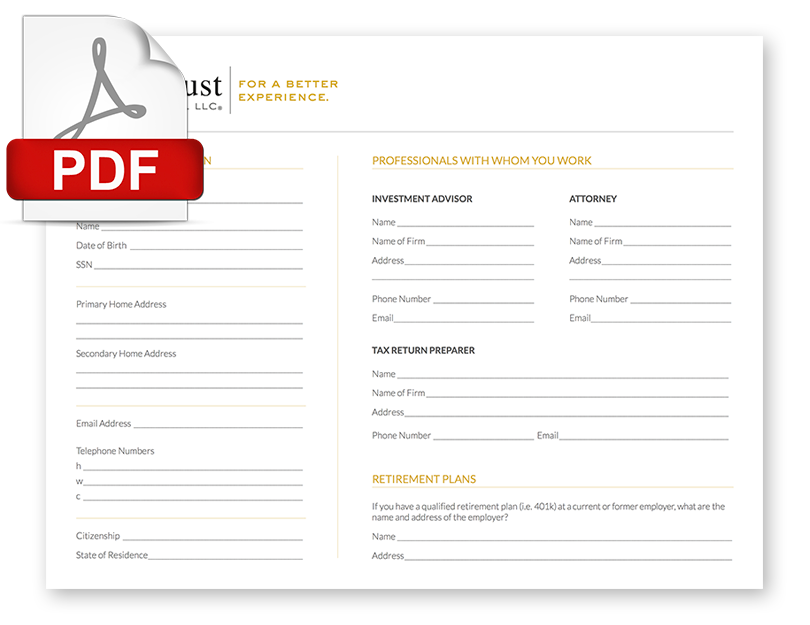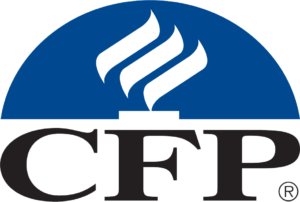The Student Loan Dilemma

I’m sure you, or someone you know, are one of the millions of borrowers with student loans. With loan repayment back in focus, you may wonder, “Should I stick to the standard payment schedule or find a way to pay my loans down faster?”
Quick elimination of student loan debt may be appealing, but the real test is whether you can keep your head above water while doing so. The “Oracle of Omaha” Warren Buffett once said, “Only when the tide goes out do you discover who’s been swimming naked.” Translated to the evaluation of student loan repayment options—if you choose a faster paydown schedule, will you also be able to keep all of your other budget obligations on track?
Not surprisingly, there is no one-size-fits-all answer to the dilemma of quick repayment versus standard. Your goals, comfort level with debt, and overall financial situation influence the decision that is best for you.
Let’s take a look at some pros and cons to keep in mind:
Pros of Paying Off Student Loans Faster
- Save on Interest – Paying faster means less interest due, and thus thousands saved over time.
- Free Up Cash – No monthly loan payment results in more money for retirement, a down payment, or other goals.
- Peace of Mind – Being debt-free can be as emotionally rewarding as it is financially satisfying.
Cons of Paying Off Student Loans Faster
- Opportunity Cost – Extra payments toward loans could instead be added to your nest egg.
- Forgiveness Programs – Early repayment may forfeit benefits from public service or income-driven plans.
- Less Cash on Hand – Overcommitting to loans can leave you short of cash during emergencies. An emergency fund is often the first priority.
Scenario
Let’s say that you have four student loans, each with a principal of $25,000.
- One has an interest rate of 8% with 20 years left.
- The second has an interest rate of 7% with 20 years left.
- The third has an interest rate of 5% with 15 years left.
- Finally, the last one has an interest rate of 6% with 10 years left.
To help you see the numbers, below is a chart showing the standard repayment schedule lasting 20 years. Note that the total cost to repay your $100k in student loans is $165,596!

*Source: https://smartasset.com/student-loans/student-loan-calculator; $878 total monthly payment; Monthly compounding; as of 9/23/2025
What happens if you pay just $150 more per month towards each of the loans with the highest interest rate? (Loans 1 and 2.)

*Source: https://smartasset.com/student-loans/student-loan-calculator; $1,178 total monthly payment; Monthly compounding; as of 9/23/2025
The total lifetime costs of your student loans would be $135,489 paid over 15 years. Woohoo! That small monthly addition to two loans keeps almost half the interest in your pocket. A “$30,000 bonus to yourself.”
For readers interested in playing with the number for themselves, Federal Student Aid has a useful tool that allows you to input your specific loan information so you can develop a repayment strategy. You can access the calculator HERE.
Making it Work for You
Keep in mind that the numbers in this blog are just illustrations. Because your situation may be different depending on your loans and financial situation, consider these examples a starting point as you explore your options. If you’d like to review your student loan repayment strategy or have any questions, please don’t hesitate to reach out. We’d be happy to help you create a personalized plan tailored to your needs.
 Written by:
Written by:
Joseph Martinez, CFP®












